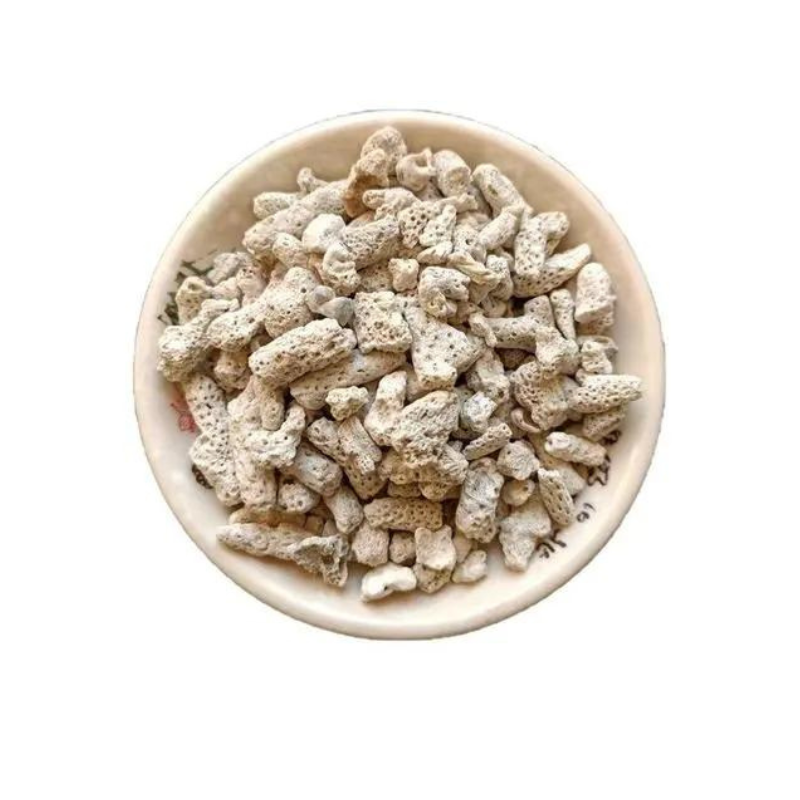
hydrated lime for soil
The Role of Hydrated Lime in Soil Improvement
Soil health is a critical component of sustainable agriculture and land management. One of the key amendments that can enhance soil properties and agricultural productivity is hydrated lime, also known as calcium hydroxide. This compound, derived from the calcination of limestone, has significant applications in soil management that can lead to improved crop yields, better nutrient availability, and enhanced soil structure.
Understanding Hydrated Lime
Hydrated lime is produced by adding water to quicklime (calcium oxide), resulting in a fine, dry powder that is highly reactive. Due to its chemical properties, hydrated lime is commonly used in various industrial applications and as a soil amendment. Its primary role in agriculture is to modify soil pH, making it less acidic, which is crucial for optimal plant growth.
Soil pH Modification
One of the most critical benefits of using hydrated lime in soil is its ability to increase pH levels. Many soils, especially in humid regions, are naturally acidic, which can hinder plant growth and nutrient absorption. Most crops thrive in slightly acidic to neutral pH ranges (6.0 to 7.5). When hydrated lime is applied, it reacts with the soil's hydrogen ions, raising the pH and creating a more conducive environment for plant roots. This alkalinizing effect enables better access to essential nutrients like nitrogen, phosphorus, and potassium, which are often less available in acidic soils.
Nutrient Availability
Improved pH levels through the application of hydrated lime facilitate the availability of nutrients. For instance, in acidic conditions, essential micronutrients like manganese, aluminum, and iron may become overly soluble and toxic to plants, while others such as calcium and magnesium can become deficient. By neutralizing acidity, hydrated lime helps to maintain an appropriate balance of these nutrients, ensuring they are available for plant uptake. This nutrient interaction is vital for promoting vigorous plant growth and achieving high crop yields.
hydrated lime for soil

Enhanced Soil Structure
Hydrated lime also plays a crucial role in improving soil structure. The calcium ions released upon the dissolution of lime can flocculate (clump together) soil particles, leading to improved soil texture. This aggregation enhances aeration and water infiltration, reducing surface runoff and erosion. Better soil structure also promotes root development, allowing plants to access deeper soil layers for moisture and nutrients. Consequently, this contributes to healthier plants that are more resistant to drought and disease.
The Application Process
When incorporating hydrated lime into the soil, farmers should consider several factors, including soil type, current pH levels, and the crop being grown. It is generally recommended to conduct a soil test before application to determine the exact lime requirement. Lime can be applied either in a dry form or as a slurry, depending on the specific situation. After application, it is essential to cultivate the soil to ensure even distribution and to allow the lime to react effectively with the soil.
Environmental Considerations
While hydrated lime is a beneficial soil amendment, its application must be approached with care. Excessive lime can lead to alkaline soils, which can pose challenges for nutrient availability and plant growth. Furthermore, improper handling of hydrated lime can cause environmental and health hazards. Thus, it is crucial to adhere to recommended practices and guidelines to maximize benefits while mitigating risks.
Conclusion
Hydrated lime serves as a potent tool in the arsenal of soil management strategies, offering solutions to common agricultural challenges like soil acidity, nutrient unavailability, and poor soil structure. By enhancing pH levels, improving nutrient uptake, and fostering better soil structure, hydrated lime not only promotes agricultural productivity but also contributes to sustainable land management practices. For farmers seeking to optimize their crop yields and maintain healthy soils, incorporating hydrated lime into their soil management practices is indeed a wise choice. With proper application and management, hydrated lime can pave the way for thriving agricultural ecosystems.
Share
-
Premium Talcum Powder Enhanced with GPT-4 Turbo | Soft & Long-LastingNewsAug.02,2025
-
Fly Ash Solutions Enhanced by GPT-4 Turbo | Sustainable InnovationNewsAug.01,2025
-
Natural Premium Bentonite Cat Litter - Superior ClumpingNewsJul.31,2025
-
Premium Resin Coated Sand - High Heat Resistance CastingNewsJul.31,2025
-
High Quality Silicon Carbide Grit for Abrasive ApplicationsNewsJul.30,2025
-
High-Quality Ceramsite for Plants & Gardening | Lightweight PebblesNewsJul.29,2025






